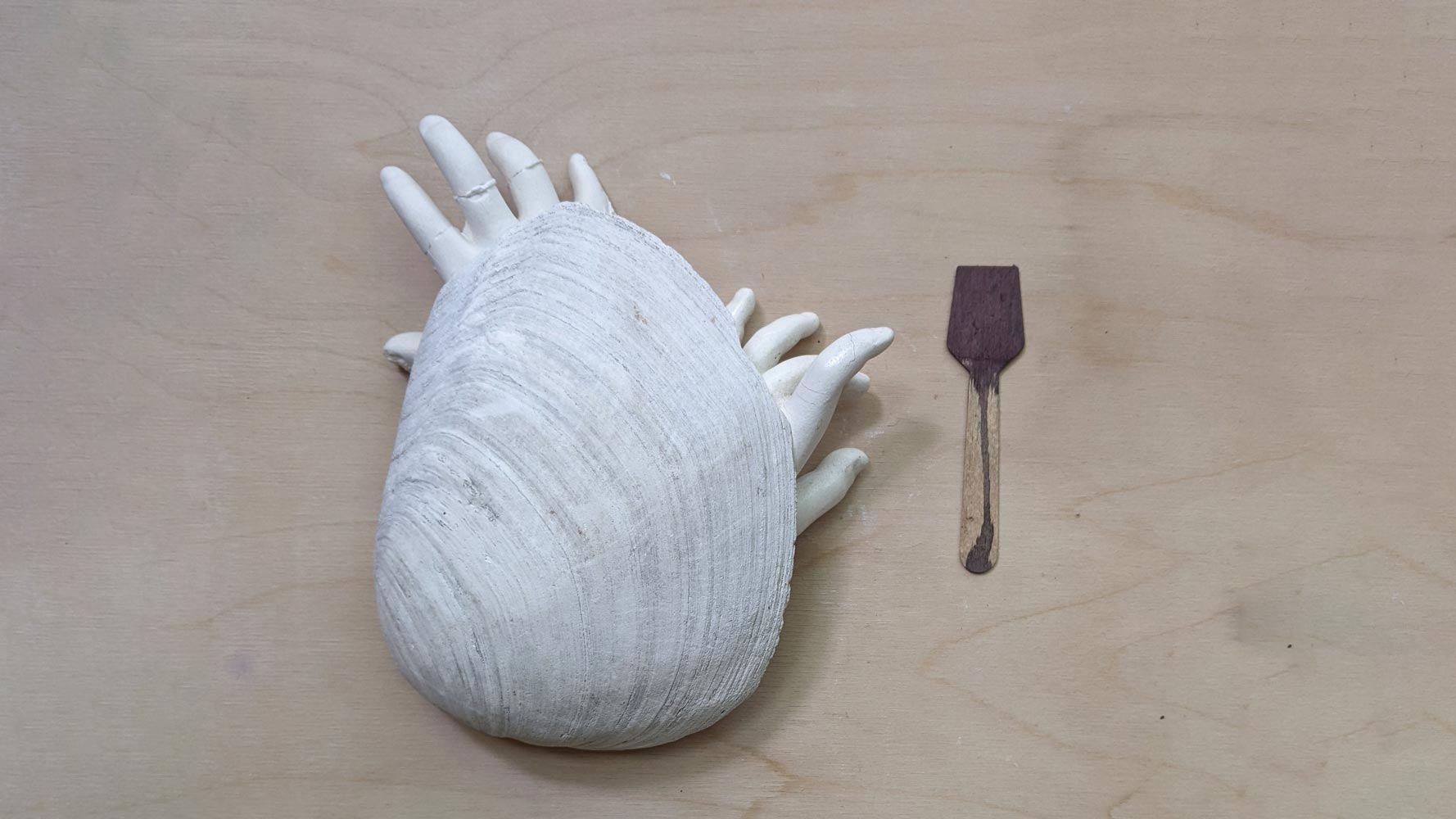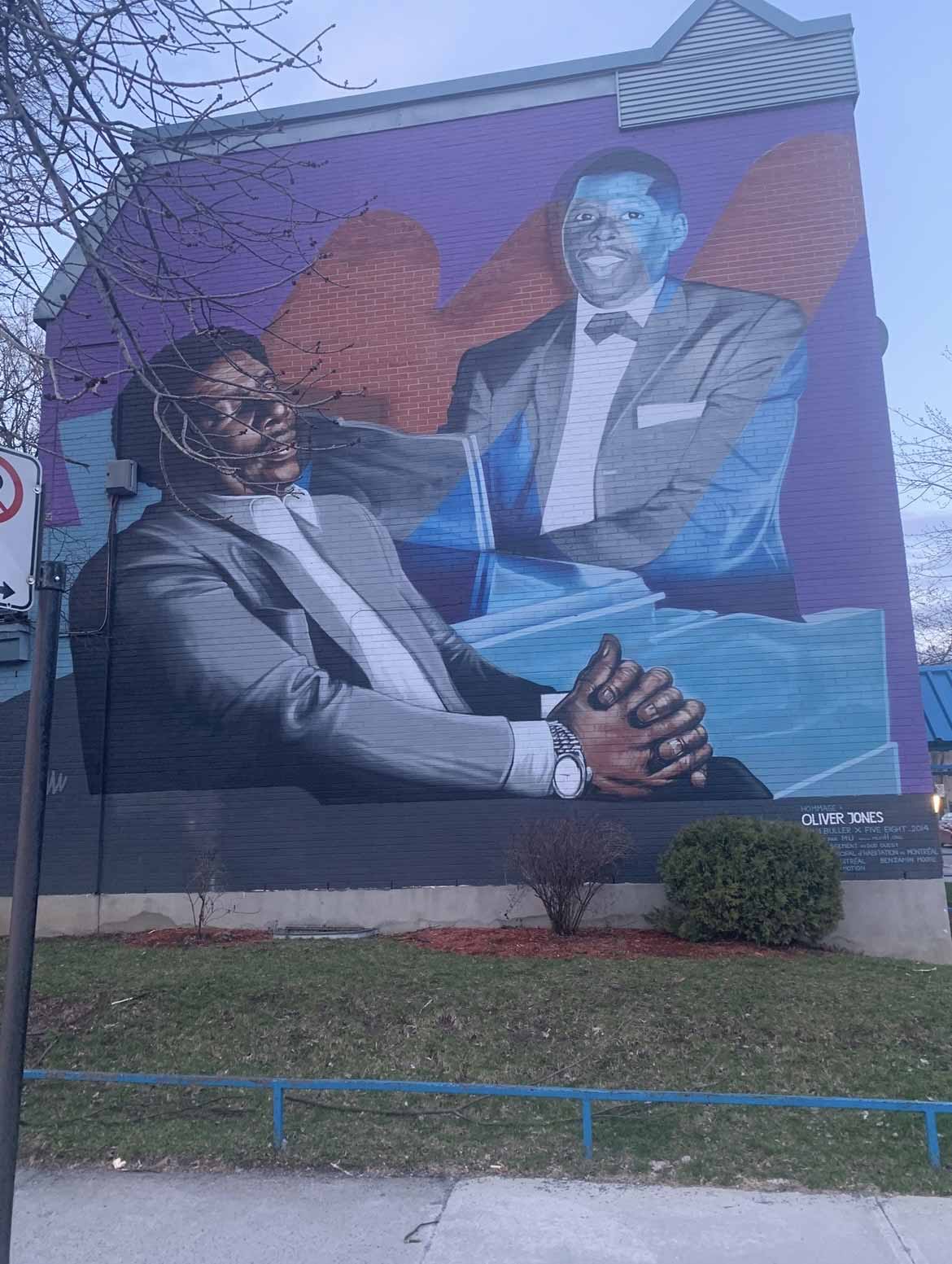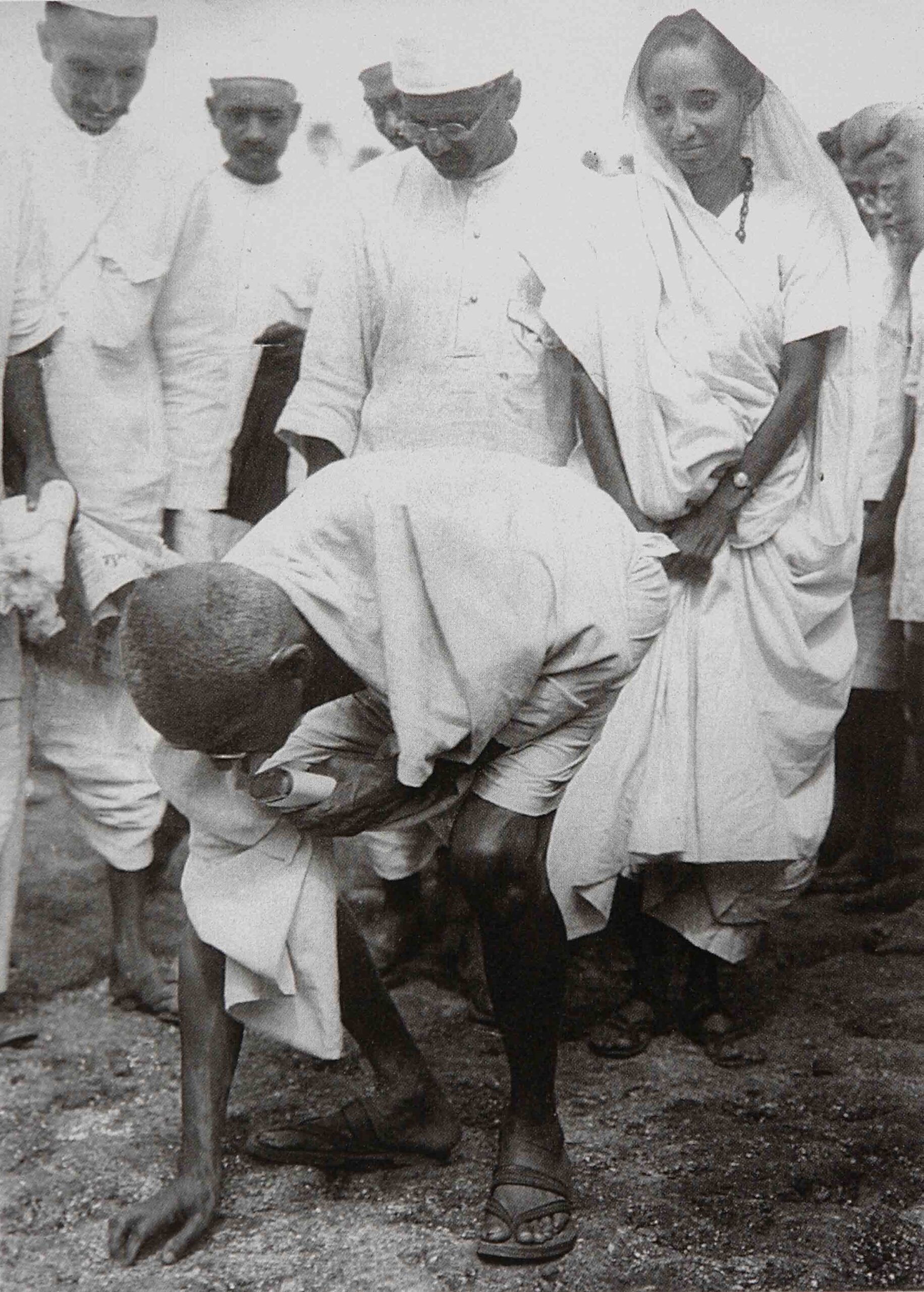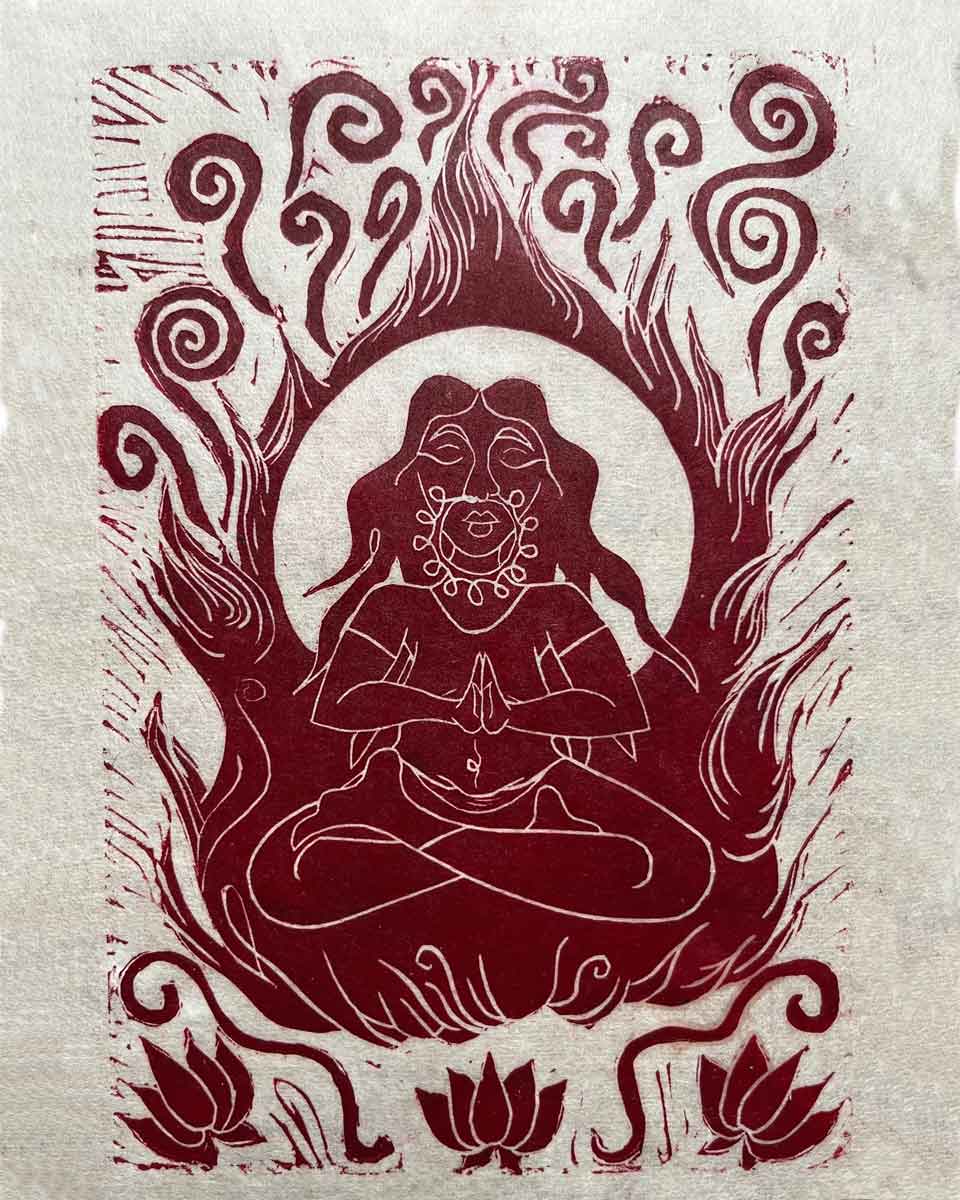[NOTE: A different and shorter version of this essay, with another title, has appeared elsewhere.]
Kabari ani? How are you? Hoori. Good.
I introduce Morga, an invented language, with the above phrase, in my forthcoming novel, Land for Fatimah. In the book, Anjali, the Indo-Canadian protagonist, has taken up a posting in Kamorga, an imaginary east-African country. Despite her five languages (as calculated by her Canadian boss), she is struggling with Morga.
Living as I do between different languages and cultures makes for a stimulating and interesting existence, though not necessarily an easy one. There are some questions that confront me as a minority writer writing in English, and I take them up in this essay.
What do you do when a lot of the reality you portray takes place in a non-western culture where English is only one of the languages?
My solution: sprinkle your prose with words from other languages. As I explain in “A Note on Language” in Land for Fatimah, “I strongly believe in using non-English words and phrases in my fiction to bring home to the reader, directly and tangibly, the fact that s/he is reading about a non-Anglo culture.”
Growing up in India, I learnt my first language, Marathi, at home. I was sent to an English school right from kindergarten. Hindi, the language of the state I lived in, became my second language at school. In the Indian Constitution, Hindi is the designated language of the Central Government, and so is English. In addition to these two, India has 20 other “official” languages. Generally speaking, every time you cross a state boundary, you are in another “language territory.”
I was in my early 20s when I came across an essay by a Hong Kong-born writer of Chinese origin who described English as his principle language. Thanks to him, I found a way to describe the place of English in my life.
When I became a journalist, I exuberantly introduced some Hindi words into an English article. (I worked for English publications.) I was challenged by my editor, who came from southern India and knew little Hindi/Urdu, which are north Indian languages. Her reaction also reflected the complicated language politics in India. Reluctantly, she allowed me to retain a few words, with the English translation in brackets.
This was around the time that Salman Rushdie “decolonized the English language” through the innovative use of that language, which included sprinkling Hindi and Urdu words throughout “Midnight’s Children,” his groundbreaking novel that won the Booker Prize. He did not explain the “foreign” words.
Zoom to Canada in 2012. Guernica Editions had accepted my manuscript entitled Bombay Wali and other stories. (Bombay Wali means a woman from Bombay.) Characteristically, it contained some Hindi, Urdu and Marathi words. I suggested putting an asterisk next to the words and explaining them in footnotes. My editor, Michael Mirolla, rightly protested. Some words then would have had five asterisks or more! A makeshift solution was found in explaining a word here and there in the main text and adding a glossary explaining other words and phrases. In Land for Fatimah, we italicized the “foreign” words and phrases, as is customary, and put the translations right next to them.
I have asked myself if naming my book A Woman from Bombay instead of Bombay Wali could have resulted in more sales. I don’t have regrets, but the thought lingers.
The language issue is somewhat easier to tackle than style. “Use the active voice, short sentences and don’t overdo the adjectives.” This advice, commonly doled out to writers, always made me uncomfortable. True, it is intended more for non-fiction, but it permeates everything. But how can I actualize it, given the complexity of Indian cultures – and now diasporic cultures – that I write about?
When you’re dealing with a layered, mediated history, things are rarely clear-cut. Indian mythology is circular, dense, dazzling and inconsistent, but still influential today, while Indian culture also reflects a myriad of other influences, including western.
“Use ‘very’ sparingly,” was another piece of advice I received. Really? India is a “very” country, was my internal response. As for adjectives, I tend to gravitate towards a string of them to describe something. (See example in paragraph above!)
As a writer, an important goal you are supposed to strive for is finding your voice. Finding my voice while following the instructions mentioned above feels akin to breathing deeply and evenly while doing a complicated yoga pose!
Lately I came upon an essay by Rahul Varma, artistic director of Teesri Duniya (Third World), a “diverse” theatre company based in Montréal. The essay spoke to me:
“Hierarchy is associated with cultural hegemony, where artistic excellence is mediated by race and dominant culture. As a consequence, the excellence of visible minorities’ art is judged from the Occidental viewpoint that upholds standards of the dominant group, pre-supposing visible-minority art, which is different in form and content [emphasis mine], as inferior. Their art world is stereotypically perceived as informal, low-status and folkloric, their cultures exotic. Folklore has a nostalgic appeal to the Occidental mindset on account of its exoticism, which feeds into its stereotypes of what visible-minority art should be. ‘Othering’ is not just a political phenomenon, but extends into the domain of the arts.
This is why a hegemonic process immersed in Occidentalism fails to equitably evaluate racialized companies, which refuse to attune to the stereotypes and nostalgia of the dominant group.”[1]
Post-colonial theory began to explore these themes decades ago, and diaspora literature and writing has spawned other related analysis. Style is not only shaped by race, class, gender, nationality, etc. – artistic tastes and standards are also set and applauded, or denigrated, by elites. In Maharashtra, my home state in India, dalit literature – which later came to be recognized as a dynamic and innovative force – was initially rejected by the established Brahmanical literary circles as unacceptable in terms of language usage, style and subject matter. There is a similar trajectory for black writing and culture in the U.S.A.
My own writing style had changed after living for two decades in Canada. While Bombay Wali reflects Indian English, idiom and usage, Land for Fatimah is more of a hybrid. This evolution, in my case at least, has been natural rather than imposed.
Along with language and style, there is the actual content of literature to consider. Naben Ruthnum, in his penetrating, long-form essay, Curry, Eating, Reading and Race (Coach House Books, 2017), describes the evolution of what he terms “curry books.” He writes about “books with various brown hands, red fabrics, clutched mangoes and shielded faces” that he, of Mauritian-Indian ancestry, growing up in Kelowna, British Columbia, Canada, turned away from as a child.
An established Indo-Canadian woman writer whom I know, whose back-cover book photograph included the statue of a Hindu god, remarked: “We are not even religious, but my publisher insisted on that photo.” This indeed is peddling exotica.
Delving into “curry books” as an adult, Ruthnum found greater variation and talent in them than he had expected, but nevertheless, there were recurrent themes of South Asian immigrant lives in the West with the nostalgic pull of the motherland, and the “pure-if backward East in opposition to the corrupt-but-free West.”
Ruthnum, like Varma, talks about the difficulties faced by the western art/publishing establishment when dealing with visible minority playwrights/writers who buck the conventions of Indian/South Asian diasporic literature and defy convenient labelling. He also talks about the self-censorship regarding subject matter, which immigrant and visible minority writers may practice, given that curry books have established a readership and a formula for achieving success.
On the language issue, Ruthnum says: “There’s ingrained colonialism and empire in the mere existence of any brown narrative written or filmed in a non-Indian language: for the ones in English, the connection is inescapable.”
In acknowledging the inventive use of English, he mentions Salman Rushdie, among others. Rushdie has been acknowledged by many, including Indo-Canadian film director Deepa Mehta, for having a liberating influence and showing what could be done in rendering the Indian reality in English.
Among the lesser-known Indian writers is Alan Sealy, an Anglo-Indian writer who is also, like Rushdie, a Booker Prize winner. I encountered his novel The Trotter Nama (1988) in my youth. His infectious play with language in this book has stayed with me. The influence of countless early Indian writers and poets who confidently claimed English as their own cannot be underestimated.
Reflecting on my own arc, going from a collection of short stories set in India, to a novel set in Africa (albeit with an Indo-Canadian protagonist), to a manuscript of sensuous stories set not only in different places but also in mythological settings, Indian and western, I wonder about market appeal. Where is the coherence of themes and geography that is supposed to help gain a loyal following? And yet, isn’t an imagination that roams freely an asset to a writer, and to literature as a whole?
Right theory, wrong universe, perhaps?
How many times have I had literary journals amply praise a short story and urge me to keep writing and submitting, before rejecting it with the words: “this does not fit our issue”? Far too many. Could the lack of fit be attributed to the language, style and content? This has led me to seek out journals that explicitly publish “diverse” writing, resulting in publication, yes, but also deepening the ghettoization that exists and is perhaps becoming more entrenched in contemporary Canadian literature.
I remember a conversation with a Nigerian-Canadian woman writer at Montréal’s Blue Metropolis Literary Festival a few years ago. It was about her first novel set in Nigeria. “People are interested in my book, but when it comes to buying, they say, oh, we already have the book of Chimamanda Ngozi Adichie,” she said.
Adichie is a well-known, best-selling, Nigerian-American woman writer. Worryingly, this sort of quota concept also seems to inform the publishing world.
At the same time, given the greater openness to new cultures in Canada today, one hopes that literature from minority writers is also being better received. When a publisher introduces writers from minority groups, a greater effort at marketing is needed, at least to begin with. Although the mere selection of minority writers might be seen as a courageous step, particularly in new genres for the publisher, real change is elusive without that extra effort of highlighting the writer and the work.
If literature and the arts help open hearts and minds – and there is research that shows that reading fiction helps people develop empathy – then minority artists and writers indeed have something to contribute, in more ways than one.
Says award-winning Asian-Canadian writer Madeleine Thien:
“Like many writers, I believe that literature not only defies borders, but it brings the periphery to the centre. It draws our gaze to the crevices and the minute, the cracks in the epic, the multiple selves within the individual. It adds labyrinth upon labyrinth to our shared experience of the times in which we are now living.”[ii]
A noble and uplifting statement! One hopes that the ideas contained in it are accepted and applied by the various actors and sectors that make up the Canadian literary landscape.
[1] Montreal Gazette, “Systemic Discrimination and Cultural Hegemony in Arts Funding,” November 14, 2017 http://montrealgazette.com/opinion/opinion-systemic-discrimination-and-cultural-hegemony-in-arts-funding
[ii] “The Shattered Mirror: On the Migrant in Literature and Politics,” presented as part of the International Writing Program Panel Series at the University of Iowa, Iowa City Public Library, on the eve of the 2008 US Presidential Election.








